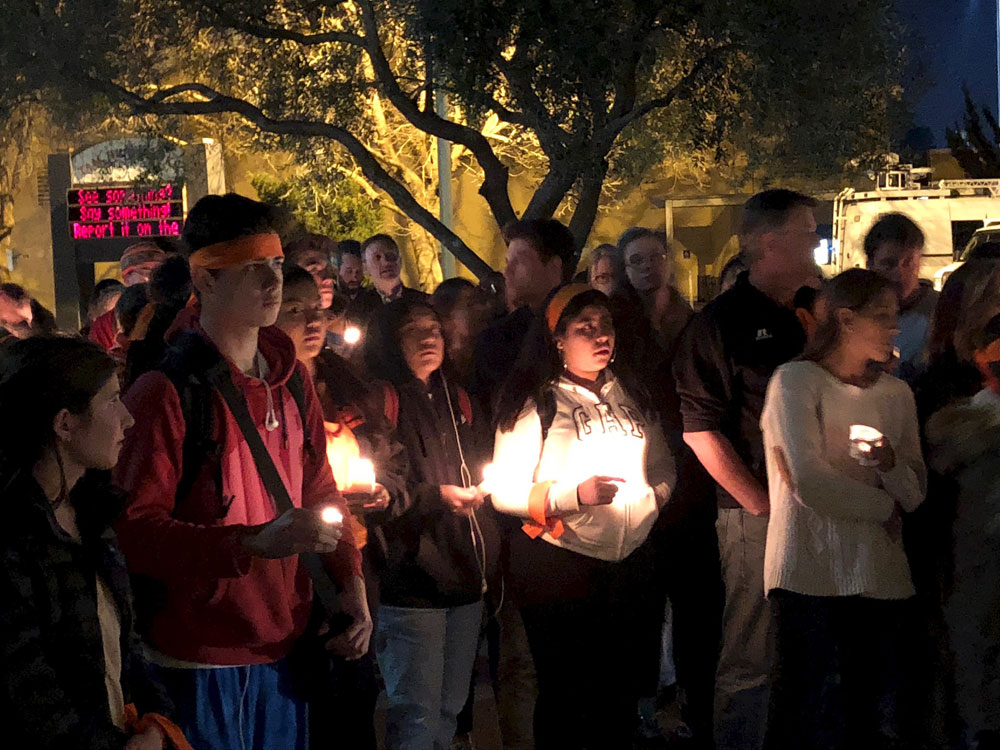
October 10, 2019; Politico
Mass shootings are like flares shooting across the sky, screaming out for help. The headlines grab our attention; the pain of those moments brings quick, often heroic responses for those directly affected by their violence. They can even serve as calls to action for those fighting for tougher gun control laws and other policy changes.
Months later, though, once our attention has been drawn to the next event, we may miss seeing their wider, longer-term impact—one that spreads beyond the direct victims of a horrible act to the broad range of individuals, families, communities, and the institutions that serve them.
The names of the injured and dead in Santa Fe, Texas, and Parkland, Florida, became familiar to us. We grieved with their families and prayed for their welfare. But in the time that has followed, we can see the wounds faced by those the bullets never touched, who require months or even years to heal. Once the first responders have finished their work, the social service community must provide ongoing, widespread support.
For example, as Nicole Paudiano writes for Politico, school officials at Santa Fe High School found “that by the end of the school year that followed the shooting, approximately 60 percent of all students had visited with a counselor experienced in trauma, and the counselors provided more than 3,400 hours of support.” Parkland school officials paint a similar picture, where “requests for added support related to mental, physical, and behavioral problems rose by 78 percent.”
Marjory Stoneman Douglas used to rank near the bottom of high schools in the district for instances of substance abuse. After the shooting, it shot up 20 places on the list. Meanwhile, there has been a “dramatic decrease” in the school’s passage rates for English and algebra assessments.
Lauren Hogg, a Parkland survivor who helped found March for Our Lives, recently testified before Congress about this long-term challenge:
Even in crowded spaces, places I used to go and loved to go to, whether that be Disneyland or a concert, I can’t go there without being scared that something’s going to happen. So, even the things that would be traditionally viewed as fun and an escape turn, into themselves, an act of trauma where you don’t know what to do and you don’t know how to act.
Sign up for our free newsletters
Subscribe to NPQ's newsletters to have our top stories delivered directly to your inbox.
By signing up, you agree to our privacy policy and terms of use, and to receive messages from NPQ and our partners.
Melissa Reeves, past president of the National Association of School Psychologists and an associate professor at Winthrop University in South Carolina, knows that each victim of violence, direct or indirect, will have a different path toward recovery: “You will have individuals that quite honestly within a couple months might be back to a typical day-to-day routine and not showing a whole lot of traumatic impacts. You’ll have other individuals that it could take years of recovery.”
Using Chicago crime and school data for her research, Johns Hopkins University sociologist Julia Burdick-Will found that the impact of violent acts went well beyond those directly affected. In comments to the Washington Post, she said that “individual effects may really be the tip of the iceberg.”
The US Department of Education has a program for schools and other institutions faced with the need to stand with students whose lives have been changed by exposure to violence. The Project School Emergency Response to Violence (SERV) grant program can provide funding for both short- and long-term costs. Paudiano discusses some of the requests from Santa Fe and Marjory Stoneham for SERV funding:
In Broward County, schools have been “inundated with a dramatic increase in threats and incidents of violence,” according to the district’s July application. Mandatory recommendations for expulsion have doubled, particularly for assaults, threats and the possession or sale of marijuana, the request states.
[…]
The school district in Santa Fe has boosted its security and police presence because of increases in student misconduct requiring disciplinary measures, according to its grant application. But their presence has also helped students experiencing a “continued fear factor of attending school” have a feeling of safety, the application said. Students will require emotional and mental health help “for the coming year and for years to come.”
Project SERV’s funding is pitiful, though, when compared to the ongoing nationwide impact of violence. Emergencies and large-scale tragedies attract philanthropic interest and government aid. Programs designed to reduce the risk of crime draw the attention of policymakers and funders looking to invest in systemic change. The needs of the broader population violence touches remain unaddressed and underfunded.—Martin Levine












